Figures & data
Table 1 Primer Sequences for RT-qPCR Analysis
Figure 1 HMGB1 was activated in the livers of ACLF rats.
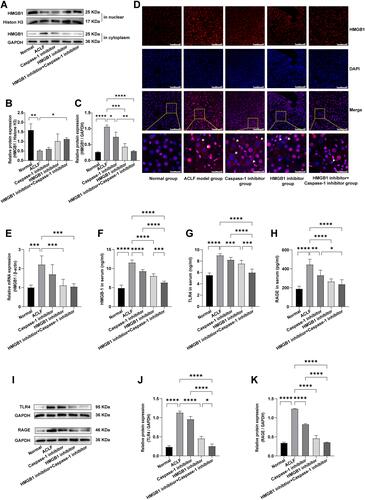
Figure 2 The livers of ACLF rats showed severe hepatocyte pyroptosis.
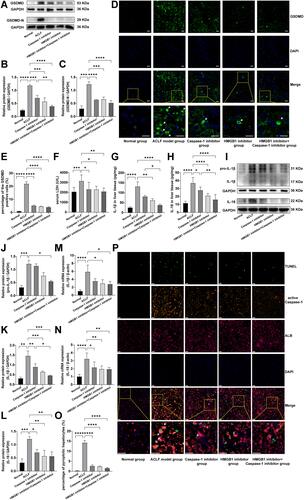
Figure 3 HMGB1 induced hepatocyte pyroptosis in ACLF rats by activating the Caspase-1-dependent pyroptosis pathways.
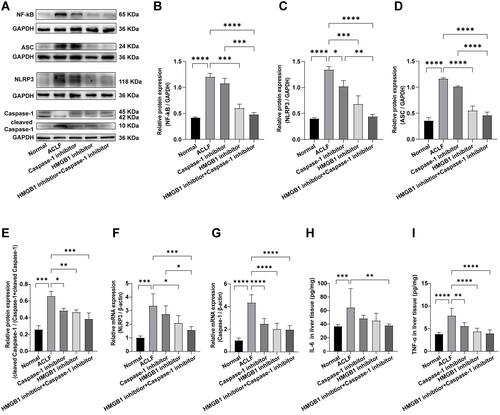
Figure 4 Pathological damage of liver tissue in each group.
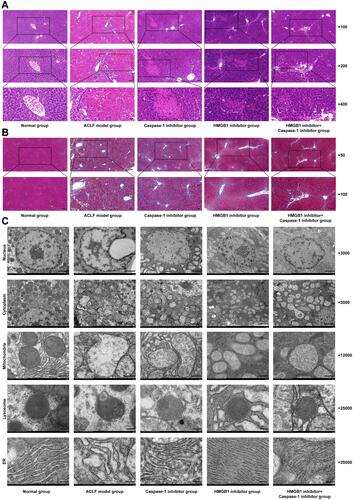
Figure 5 Liver function and coagulation function of rats in each group.
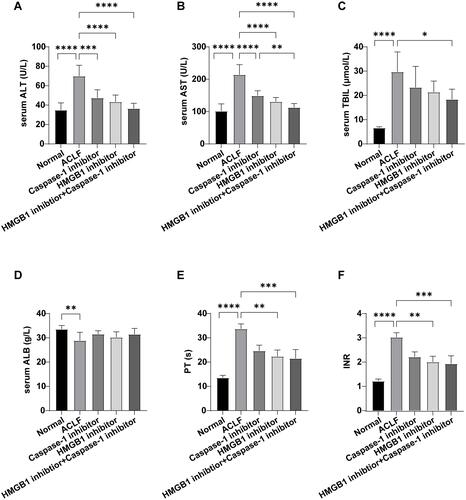
Figure 6 Schematic diagram of HMGB1-induced hepatocyte pyroptosis pathways and their relationship with ACLF.

